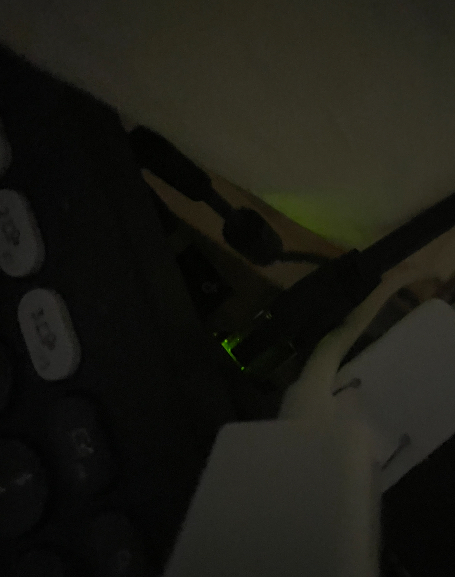this post was submitted on 10 Sep 2024
27 points (76.5% liked)
Privacy
41827 readers
1558 users here now
A place to discuss privacy and freedom in the digital world.
Privacy has become a very important issue in modern society, with companies and governments constantly abusing their power, more and more people are waking up to the importance of digital privacy.
In this community everyone is welcome to post links and discuss topics related to privacy.
Some Rules
- Posting a link to a website containing tracking isn't great, if contents of the website are behind a paywall maybe copy them into the post
- Don't promote proprietary software
- Try to keep things on topic
- If you have a question, please try searching for previous discussions, maybe it has already been answered
- Reposts are fine, but should have at least a couple of weeks in between so that the post can reach a new audience
- Be nice :)
Related communities
much thanks to @gary_host_laptop for the logo design :)
founded 5 years ago
MODERATORS
you are viewing a single comment's thread
view the rest of the comments
view the rest of the comments

Except neither of those things are true.
I don't know enough about ethernet switches to know if this is common. Though, reading their comment again, I don't really think I'm right about their statement. It's definitely a light that is frequently designed to be on when packets are still being accepted for waking the computer.
I don't have a background in CE, but I've seen people claim this is sometimes a design used in the past. I think it makes sense that a circuit that is controlled by the computer can be hard wired to turn on both a light and a ethernet port. Though, I don't know how common this design is in reality.
edit: After searching some, it looks like some port lights can be controlled by a driver. I still think it probably depends on the hardware design though, and this won't be consistent between ports.
sure it depends on the design, but no standards-compliant non-PoE Ethernet design is going to light up an LED, it barely uses 1 volt.
I think driver examples from the Linux kernel are very convincing evidence that the lights can be controlled entirely by software, but I'm interested to see any possible specific port designs where that isn't true.
I was not refuting that, yes drivers can control the LED since forever. The original comment was "the link light is powered by the switch", which I'm saying is not possible. An ethernet switch (assuming it's not PoE) cannot directly power an LED on a network adapter in your PC let alone the rest of it, that's all I'm saying.